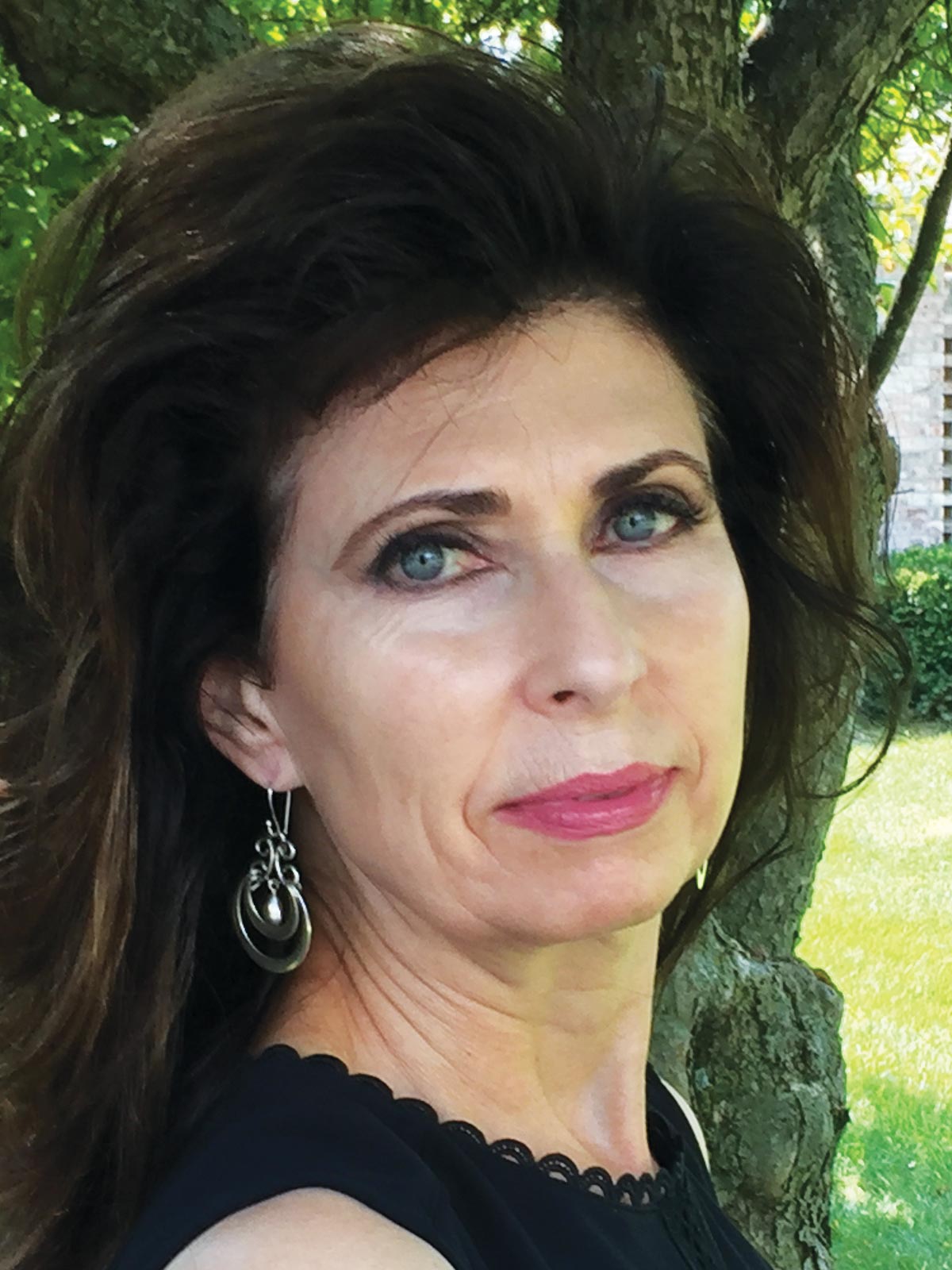
From the Editor
Community
e’ve all heard the African proverb, “It takes a village to raise a child.” The idiom has been adapted over time to mean that “many people must cooperate to achieve a goal.” That was certainly the case when my Paso Fino gelding was diagnosed with Cushings disease and insulin resistance in 2019. A large animal veterinarian, an internal medicine/nutritionist veterinarian, an equine endocrinologist, an equine chiropractor, and a farrier and hoof specialist participate in managing his condition.
There are about 126,138 veterinarians and 28,000 farriers in the U.S. Competition for admission to veterinary college is stiff, with the acceptance rate between 10 and 15 percent. Qualified farriers are also in high demand. Like metalforming, farriery is part art, skill, science and craftsmanship. Working with one’s competitors can seem counterintuitive. In my case, these competitors chose to collaborate—extending professional courtesy toward one another to form and implement a plan that effectively manages my horse’s condition and allows him to thrive.
For this month’s FFJournal cover story, I spoke with David Klotz, president of the Precision Metalforming Association, Patrick Simon, director of Education and Membership for the Fabricators & Manufacturers Association International, along with Ed Dernulc, director of FMA’s Nuts, Bolts & Thingamajigs Foundation, and Monica Pfarr, executive director for the American Welding Society’s Foundation. While each association is unique, they fight common enemies.
The Great Talent Recession and the Great Resignation have caused massive labor shortages. High material costs, supply chain disruptions and lead times for critical parts that are stretching into 2023 are just some of the challenges metalformers and fabricators have been struggling with over the past two years. Add to that rising energy costs and the war in Ukraine.
 We need to fill openings in welding and the other skilled trades.
We need to fill openings in welding and the other skilled trades. 
“We want to do more than just fill the pipeline with workers,” says Dernulc. “We want to spark the next generation of entrepreneurs who understand the value of manufacturing.”
Kids camps, networking groups, scholarships and safe platforms for the exchange of ideas and experiences are just some of the tools PMA, FMA and AWS are employing to help manufacturers adapt to, and prosper within, a changing market.
It’s also about reaching a diverse population, says Pfarr. “We need to fill openings in welding as well as the other skilled trades. That means reaching out to women, veterans and people who are not familiar with welding.”
Of PMA, Klotz says, “I’ve been involved with other organizations over the years but I’ve never seen an association where members cross non-traditional lines to engage and really help each other.”
Perhaps it is that sense of community that links these associations and the manufacturers they represent. As champions for an industry that holds this country together from the ground up, PMA, FMA and AWS strike a chord of three tones that constitutes a harmonic base in a discordant world.